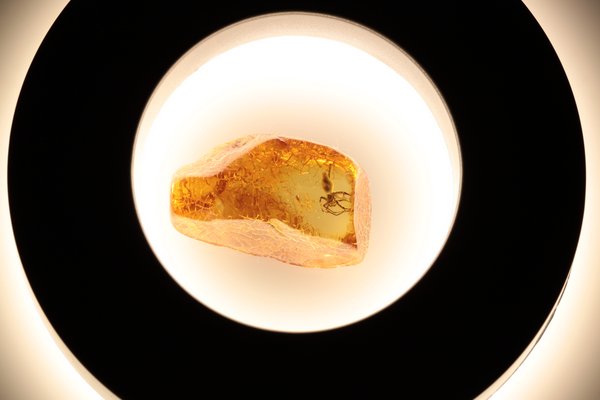
The life forms preserved in amber provide invaluable insights into ecosystems that existed long before humans appeared on Earth.
More than 100 million years ago, tree resin oozed from ancient trees in prehistoric forests. As it dripped and flowed, this resin captured insects and other small organisms going about their daily lives. Over time, the resin hardened into copal, and eventually, after thousands or even millions of years, it fossilized into amber. This natural process preserved the organisms trapped inside, offering a snapshot of ancient life. Many of the species found in fossilized amber are now extinct, making these specimens crucial for understanding long-lost ecosystems.
Baltic amber, in particular, provides a unique window into the distant past, allowing us to glimpse the diverse life forms and environmental conditions of prehistoric times. These tiny moments, frozen forever in amber, are like time capsules, offering clues about the ancient world and the creatures that once roamed it.












